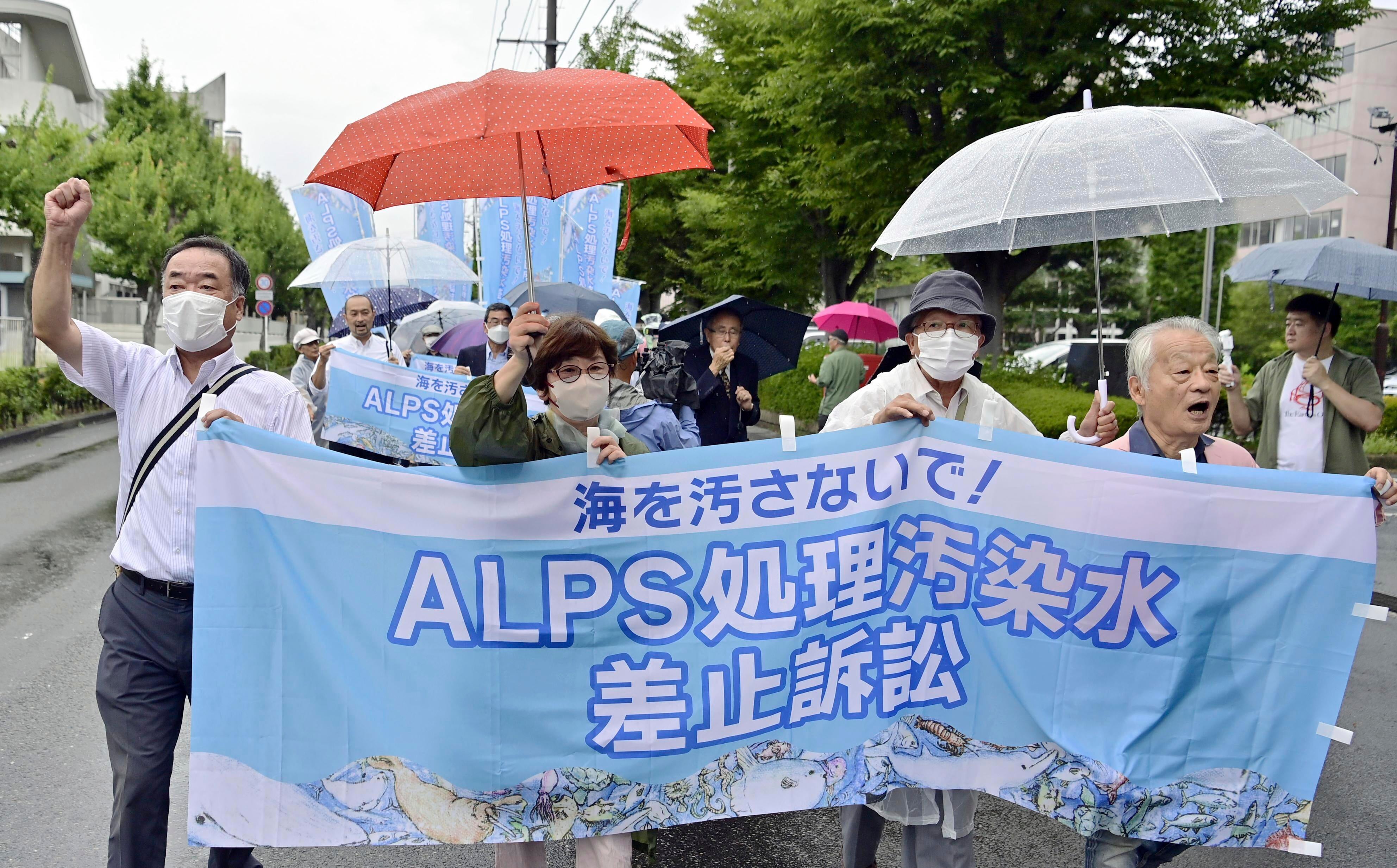Fukushima nuclear plant's operator says the first round of wastewater release is complete
The operator of the wrecked Fukushima nuclear power plant says it has safely completed the first release of treated radioactive water from the plant into the sea and will inspect and clean the facility before starting the second round in a few weeks

Your support helps us to tell the story
From reproductive rights to climate change to Big Tech, The Independent is on the ground when the story is developing. Whether it's investigating the financials of Elon Musk's pro-Trump PAC or producing our latest documentary, 'The A Word', which shines a light on the American women fighting for reproductive rights, we know how important it is to parse out the facts from the messaging.
At such a critical moment in US history, we need reporters on the ground. Your donation allows us to keep sending journalists to speak to both sides of the story.
The Independent is trusted by Americans across the entire political spectrum. And unlike many other quality news outlets, we choose not to lock Americans out of our reporting and analysis with paywalls. We believe quality journalism should be available to everyone, paid for by those who can afford it.
Your support makes all the difference.The operator of the wrecked Fukushima nuclear power plant said Monday that it has safely completed the first release of treated radioactive water from the plant into the sea and will inspect and clean the facility before starting the second round in a few weeks.
The Fukushima Daiichi plant began discharging the treated and diluted wastewater into the Pacific Ocean on Aug. 24. The water has accumulated since the plant was damaged by a massive earthquake and tsunami in 2011, and the start of its release is a milestone in the plant's decommissioning.
The discharge, which is expected to continue for decades until the decommissioning is finished, has been strongly opposed by fishing groups and by neighboring countries. China has banned all imports of Japanese seafood in response, hurting producers and exporters and prompting the Japanese government to compile an emergency relief fund.
Prime Minister Fumio Kishida, at summits last week of Southeast Asian countries and the Group of 20 nations, stressed the safety and transparency of the release to win international support and sought the immediate lifting of China's ban.
During the 17-day first release, the plant's operator, Tokyo Electric Power Company Holdings, said it discharged 7,800 tons of treated water from 10 tanks. About 1.34 million tons of radioactive wastewater is stored in about 1,000 tanks at the plant.
Plant workers will rinse the pipeline and other equipment and inspect the system over the next few weeks before starting the release of the second round of 7,800 tons stored in 10 other tanks, TEPCO spokesperson Teruaki Kobashi told reporters Monday.
All sampling data from seawater and fish since the start of the release have been way below set safety limits, officials said.
TEPCO and the government say the wastewater is treated to reduce radioactive materials to safe levels, and then is diluted with seawater to make it much safer than international standards.
The radioactive wastewater has accumulated since three of the plant's reactors were damaged by the 2011 earthquake and tsunami. It continues to grow because cooling water used on the damaged reactors leaks into the reactor basements, where it mixes with groundwater.
TEPCO plans to release 31,200 tons of treated water through March 2024, and officials say the pace will pick up later.
The government and TEPCO say the discharge is unavoidable because the tanks will reach their capacity of 1.37 million tons next year and space at the plant is needed for its decommissioning.